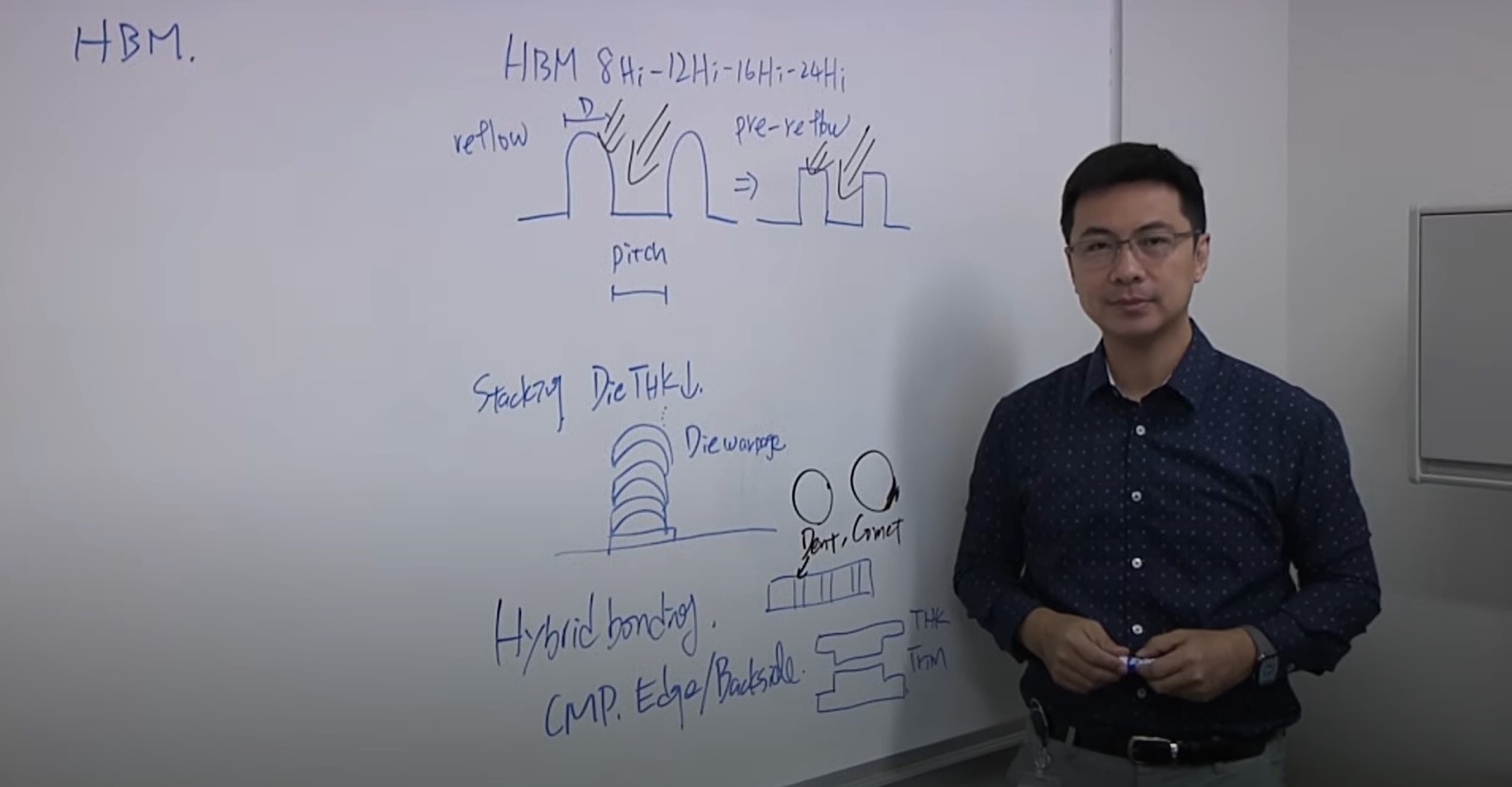Wind power. Rail. Solar energy. And, perhaps most significantly, electric and hybrid vehicles. Together, these four forces are among the major demand drivers for power devices.
While silicon (Si) still plays a role in power devices, wide-bandgap compound semiconductors like silicon carbide (SiC) and gallium nitride (GaN) are particularly well-suited for power devices thanks to their higher electron mobility, higher critical electric field and higher thermal conductivity. However, as new structures and larger wafer sizes become the norm for power devices, they bring with them distinct manufacturing challenges.
Today, the industry is transitioning from 150mm to 200mm wafers for SiC- and GaN-based devices and 200mm to 300mm wafers for Si-based devices. The reason: larger wafer sizes may help reduce the cost of fabrication. As the wafer size transition occurs, it is important to have a metrology tool that can measure a larger number of data points across the wafer without impacting the overall fab throughput. A loss of throughput adds to cost-of-ownership and may erase savings earned from transitioning to larger wafers.
Efforts at curbing carbon dioxide emissions are stepping up, with more electric vehicles on our roads and the installation of renewable energy sources on the rise. Alongside these advances, the makers of these green technologies are increasing the electrical efficiency of their offerings, with silicon-based power devices being ditched in favour of superior alternatives based on the likes of SiC.
Supporting this move are the superior physical properties of these compounds. Compared with silicon, semiconductors such as SiC have wider-bandgaps, a higher electron saturation velocity, a higher critical electric field and a larger thermal conductivity. Drawing on all these strengths, power transistors offer higher operating frequencies, higher power ratings, elevated operating temperatures, better cooling capability and lower energy loss – just the traits that the market wants.
In recent years, power semiconductor applications have expanded from industrial and consumer electronics to renewable energy and electric vehicles. Looking to the future, the most promising power semiconductor devices will be insulated gate bipolar transistor (IGBT) and power metal oxide semiconductor field effect transistor (power MOSFET) modules.
During the manufacturing of these devices, metal films are deposited on the die of MOSFET and IGBT power devices. These layers of film have two main functions: they connect the elementary cells constituting the power dies to the source (power MOSFET) or emitter (IGBT) and allow for the welding of bond wires on the chip or for the solder bonding, facilitating thermal conduction. Because power devices run high currents at high-operating temperatures, the metal layers need to be properly controlled for electrical properties and thickness to enhance thermal conductivity.
Furthermore, power devices are transitioning from 6-inch to 8-inch wafers; this is happening at the same time as process windows are shrinking. As a result, measuring multi-layer metal thickness accurately and characterizing the uniformity of metal film deposition at the wafer edge has become increasingly important. For example, the front side of wafers requires deposition of a thick metal layer, typically 5µm or more of aluminum alloy. The uniform coverage of aluminum to conduct high currents across the entire wafer is key to device yield and reliability.
With the continued advancement of environmental, social and governance goals, corporations are increasingly focused on reducing their carbon footprints. To accomplish this, these companies are being asked to operate their businesses more efficiently than ever before, whether the matter is reducing waste, water usage or power consumption. This is true for the semiconductor industry as well.
Although semiconductor manufacturing is not a smokestack industry, it is truly amazing just how many resources – from water to materials and electricity – goes into making chips. To better understand the carbon footprint and environmental impact a typical fab has, consider this: based on estimates in a 2021 article in The Guardian, a 1% improvement in a factory’s production capability could save that factory 450 tons of waste, 37 million gallons of fresh wafer and 22.5 million kilowatt-hours of electricity over the course of a year. That small 1% change is a substantial reduction in resources used, one that not only makes operations managers happy but ESG-minded stockholders as well.

